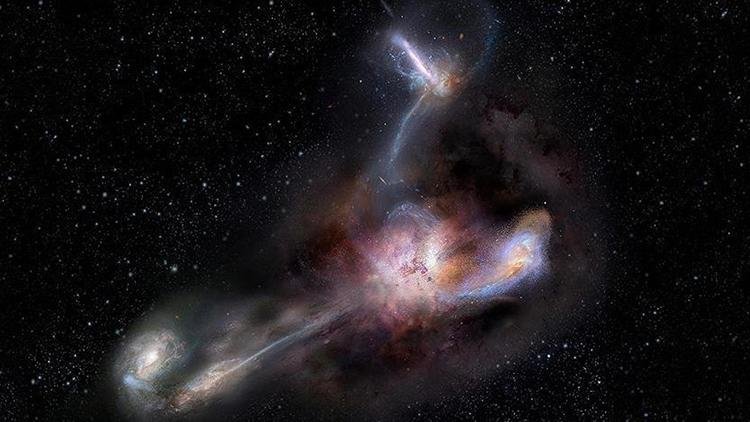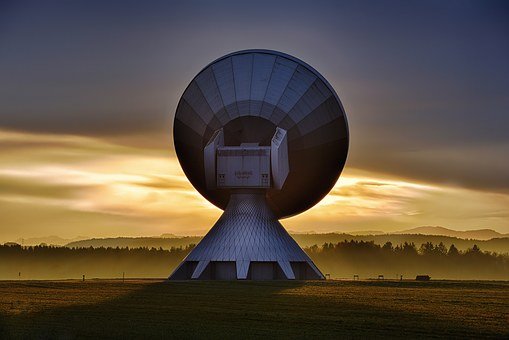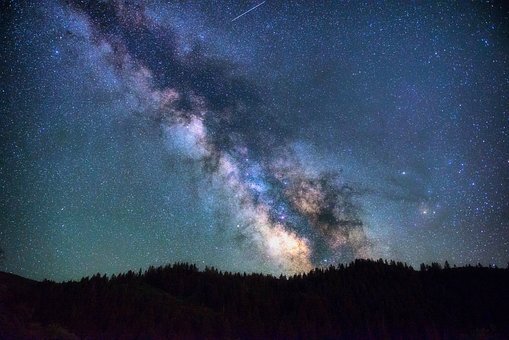A team of international researchers, including scientists from the Russian National Nuclear Research University (MEPhI), identified a signal from high-energy galaxy photons as they examined the data obtained by the Fermi Gamma ray Space Telescope.
This discovery, published in the 'Physical Review-D' magazine, can shed light on the source of the high-energy neutrinos previously identified by scientists at the IceCube Neutrino Observatory at Amundsen-Scott South Pole Station.

High-energy neutrinos, which are difficult to capture, rarely interact with the other substance and travel unobtrusively over billions of light-years.
High-energy neutrinos traveled almost 3.7 billion years at a speed of light before they were discovered on Earth. This is far further than any other neutrinos whose origin can be identified by scientists.
DETECTED SIGNAL, 300 ELECTRON VOLTLE MORE
Scientists from the Russian National University of Nuclear Studies (MEPhI), who collaborated with researchers from universities in France, Norway and Switzerland, studied the gamma ray data with high energy (more than 300 electron volts) obtained by the Fermi Space Telescope detected an unknown element.

'SHOULD BE ONE OF OUR GALAXY'
If more than 300 electron volts of energy are available in sources outside of our galaxy, it is likely that the signals obtained may be very weak as the gamma ray is drawn into the intergalactic environment. On the other hand, if we think that gamma rays are almost never in our galaxy, the new element must be in one place of our galaxy.
At the bottom of Lake Baikal in Russia, the work of establishing an underwater neutrino telescope titled 'Gigaton Water Detector' continues. Towards 2020, the telescope at Baykal is expected to reach the same level as the IceCube Neutrino Telescope Laboratory in Antarctica.

In 2012, about two dozen FRBs from a source in a dwarf galaxy 3 billion light-years away were discovered. The source of the signals was called 2 FRB 121102 Sin. The astronomers conducting the research state that the last signals come from the same source but this time they are given more often and stronger than the past.

The fact that the signals were not known caused controversy in the astronomy community. Vishal Gajjar, who was a researcher in the Breakthrough Listen project and determined that the signals were increasing, stated that the source has been re-activated and called the radio waves sin mysterious Break.
The project's director, Andrew Siemion, did not rule out the possibility that signals could be given from ‘extraterrestrial technology Pro. Gör I haven't seen anyone who has yet to give a satisfactory explanation of how these waves came about, med said Peter Williams of Harvard University.
Do you think there is a civilization outside the world? I believe that these signals will be very good if the source and the reason for sending.
Don't forget to follow me: @mahmudovic